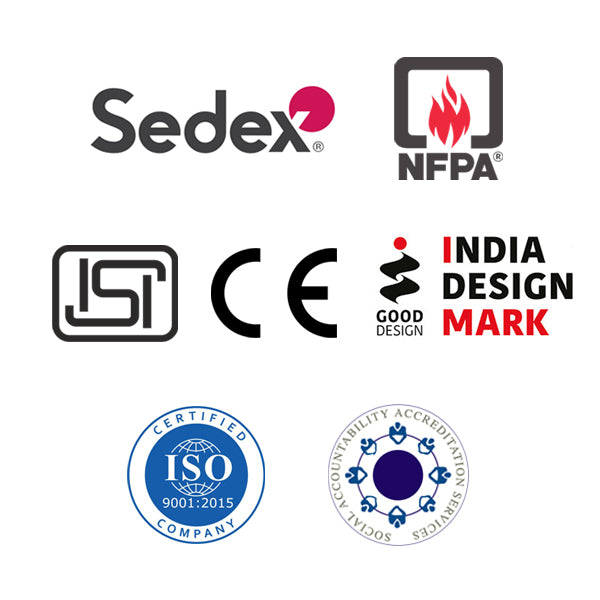TFKB
Share
Cut and Sewn Nitrile gloves
- Heavy full blue nitrile coated gloves.
- Cotton jersey fabric lining.
- Cut and sewn gloves with knitted wrist.
OIL RESISTANT
ABRASION
DIRT RESISTANT
EN 388:2016+A1:2018
Delivery & Services

Easy Return
with our 15 days return poicy
Regular price
Rs. 0
Sale price
Rs. 0
Regular price
Tax included.
Shipping calculated at checkout.
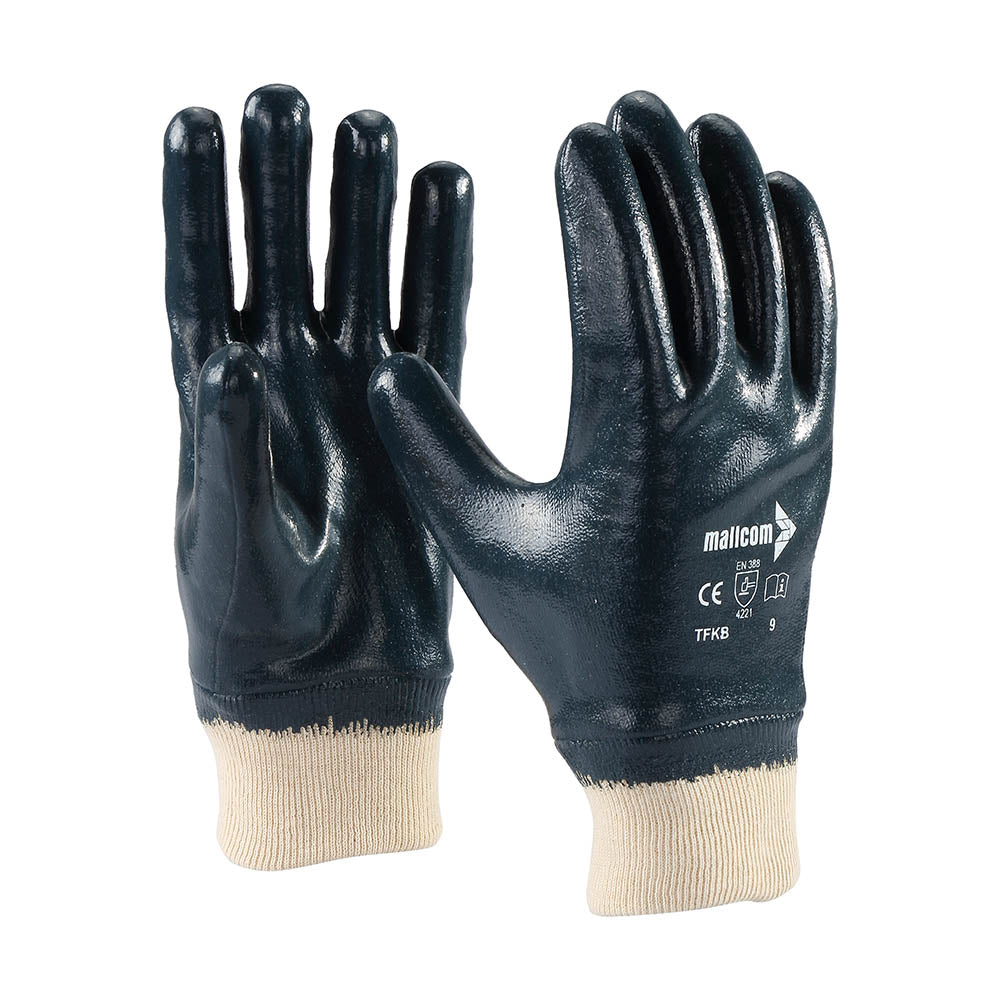
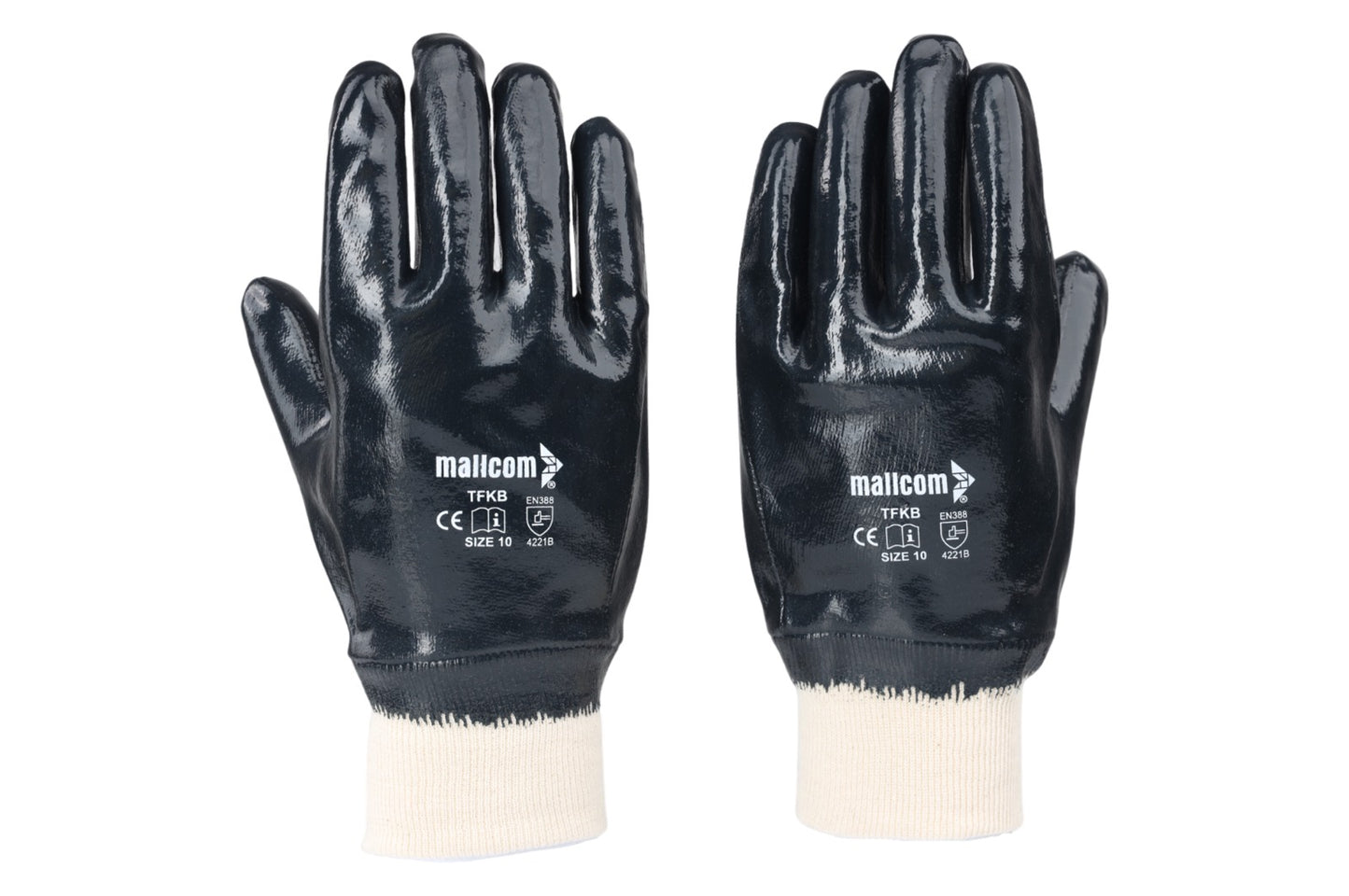
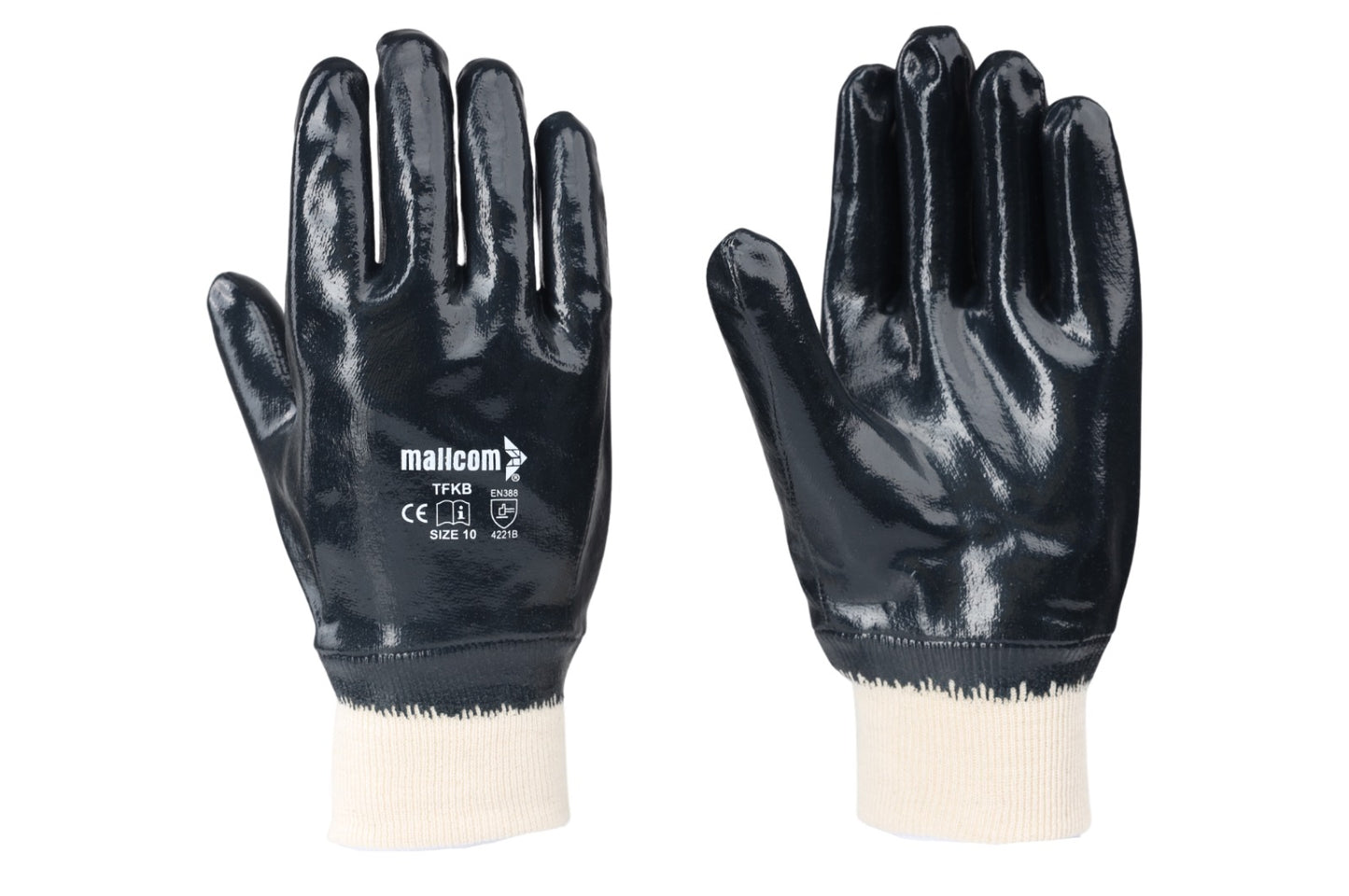
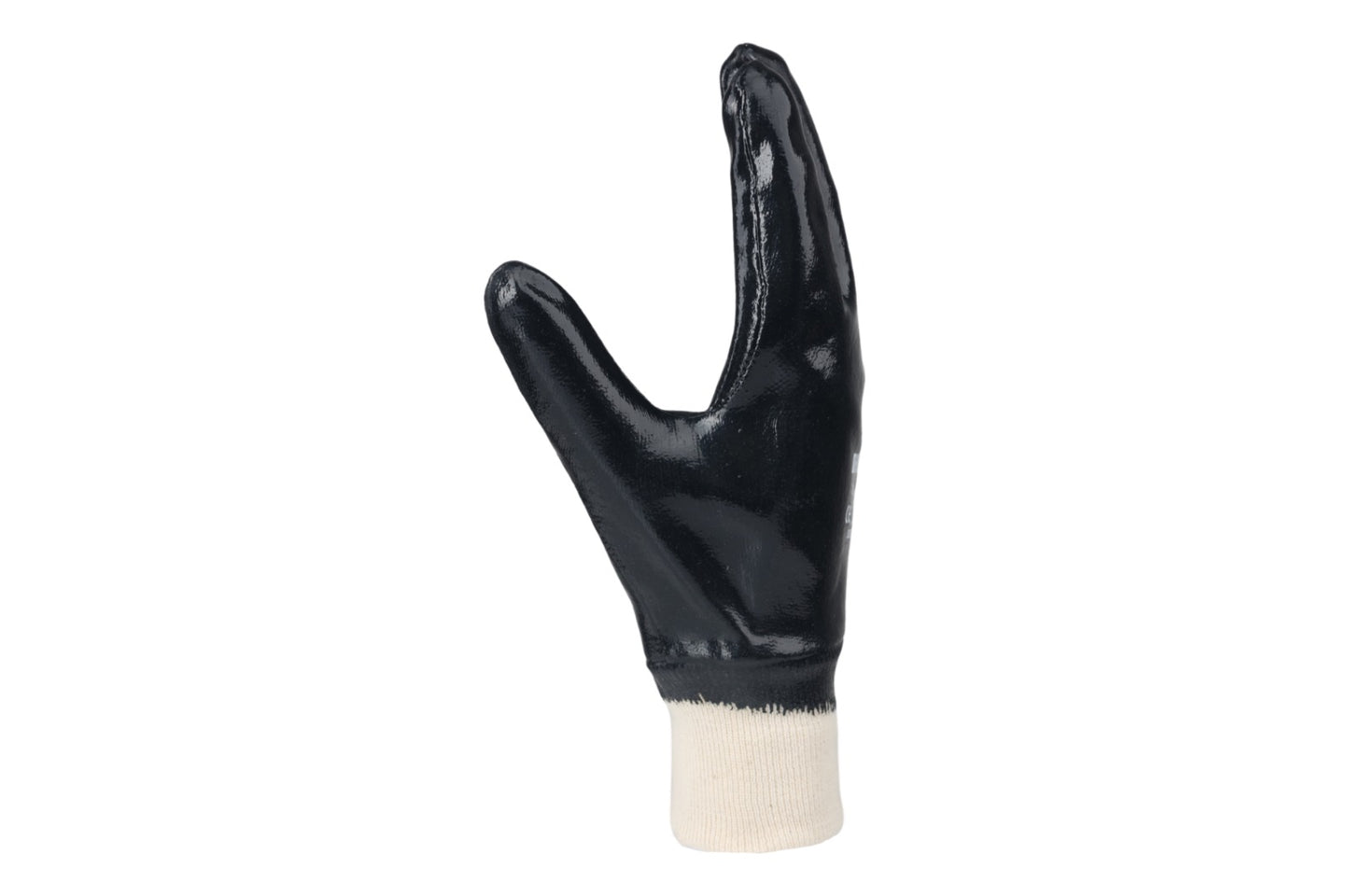
ABOUT THE DESIGN
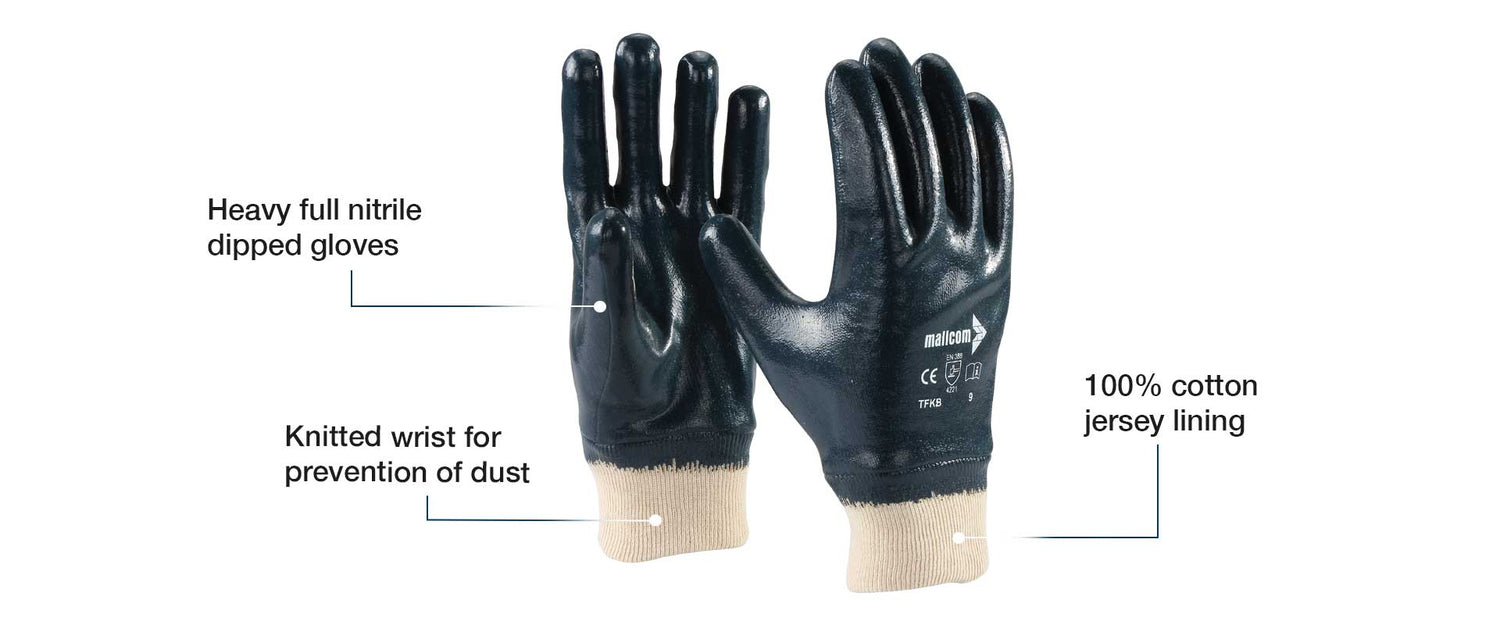
USEFUL IN THESE INDUSTRIES
MATERIAL HANDLING
OIL & GAS
PAINT & CHEMICAL
PETROCHEMICAL

Product Features
ABOUT THE DESIGN
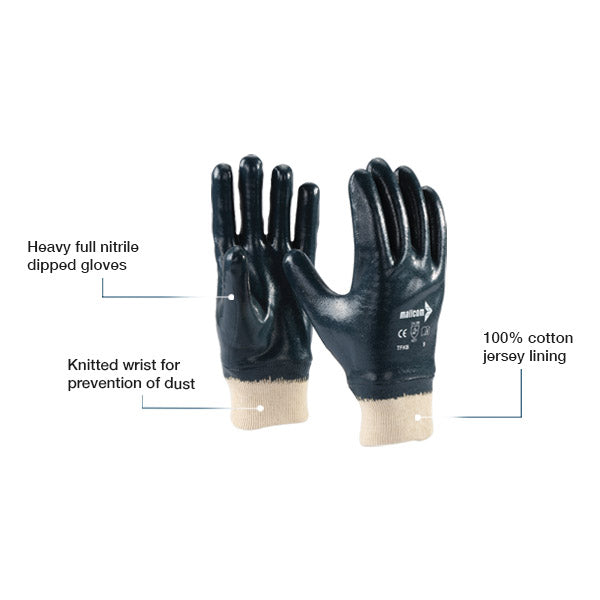
USEFUL IN THESE INDUSTRIES
MATERIAL HANDLING
OIL & GAS
PAINT & CHEMICAL
PETROCHEMICAL
Product Details
